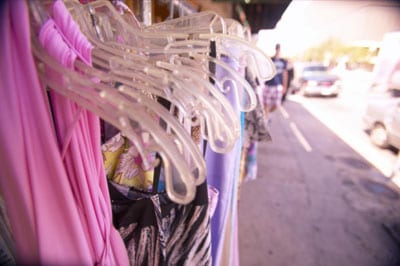How to Choose the Right Flip-Flops for Your Feet
There is a long-standing stigma surrounding wearing flip-flops—that they are too casual. This assumption is wrong. These days there are a myriad of styles available, with some suited for water sports and others ideal for a night on the town.
Step 1
Consider the different styles available. There is the traditional thong style, with a band that goes between the big toe and the next toe. Then there are the sandal-style flip-flops, with a piece of cloth or straps that cross the front of the foot, but nothing at the back of the foot. The big issue here is comfort—some people do not like the feeling of a strap between their toes.
Step 2
Check out the straps. What many women overlook when shopping for flip-flops is that the strap, and how their feet appear within it, is the part of the shoe most people see. For the most part, they won’t see that beautiful print on the inner sole of the shoe, so pay attention to the color, material, embellishments and fit of the strap. Your feet should not press against it. If there are multiple straps, be sure the angles of the straps are comfortable and that the parts of the foot that peek through them look attractive.
Step 3
Examine the sole. If you are planning to wear the flip-flops during a beach vacation, cruise or water sport activity, you want a sole that has some traction. Some flip-flops, even the sport styles, can have too smooth of a sole. When they get wet, your feet can slide inside the shoe, or the bottom of the shoe can slide on the wet surface. Conversely, if you plan to wear the flip-flops out on city streets, you will want a sleeker-looking sole, to pass fashion muster.
Step 4
Try different heel heights. Gone are the days of flip-flops that were only absolutely flat. These days, you can get flip-flops with a wedge heel (often called slides), a kitten heel or even a high heel, although these are usually grouped with sandals.
Step 5
Compare and contrast different materials. The beauty of flip-flops is their versatility. They come in fabric, leather, pleather, rubber, plastic, foam, vinyl, straw, suede and more. Some of these materials, such as rubber, perform better in wet environments. Cotton is nice for breathability but also gets dirty quickly. Foam is light but can quickly become damaged by sharp surfaces, such as jagged rocks. Plastic can look funky and trendy, but it lacks flexibility.
Warnings
- In very wet situations, flip-flops have a tendency to fall off. It may be better to invest in some sport sandals in these cases.

